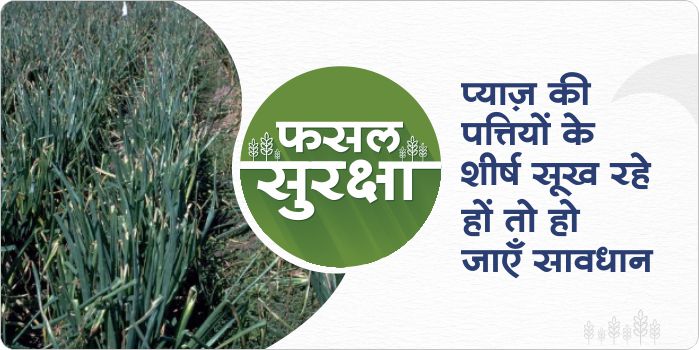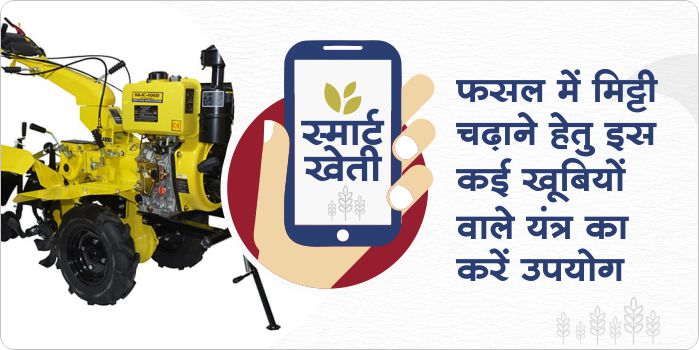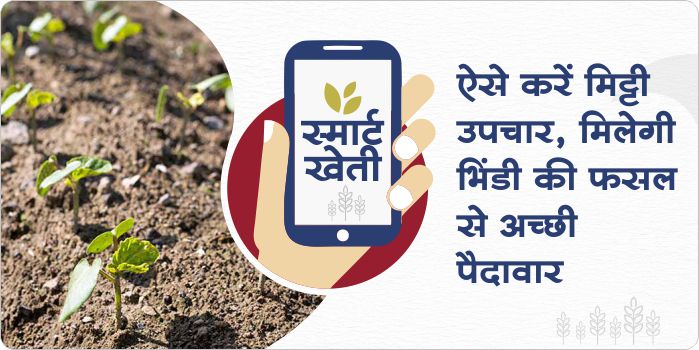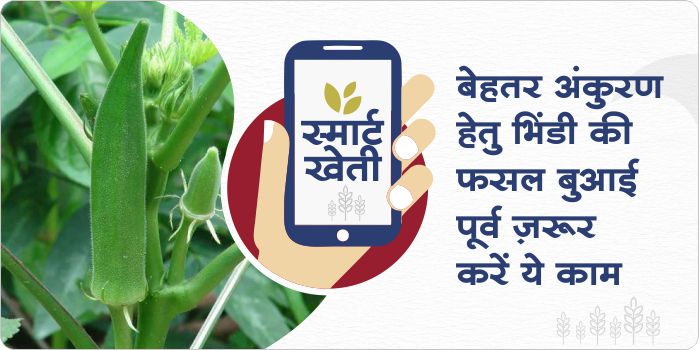Skip to content
- Tip blight is a major fungal disease of onion crop.
- Due to this disease, the upper edges of the onion leaves start drying up.
- The upper edges of the leaves turn brown.
- For the prevention of this disease, use Thiophanate Methyl 70% WP @ 500 gram/acre or Chlorothalonil 75% WP @ 300 gram/acre.
- Use Pseudomonas fluorescens @ 250 gram/acre as a biological treatment.
Share
- The heavy attack of this insect occurs before the monsoon.
- Its infestation is more visible on the lower surface of the leaves.
- This insect lays eggs near the veins of the leaves.
- In heavy infestation of this insect, the leaf becomes bright yellow
- For the control of this pest spray Propargite 57%EC @ 400 gram/acre or spiromesifen 22.9% SC @ 200 ml/acre or Abamectin 1.9% EC @ 150 ml/acre
- Along with this, use Beauveria Bassiana @ 250 gram/acre as a biological treatment.
Share
- Sponge gourd is a cucurbitaceous crop and can be easily planted in all seasons.
- Before the cultivation of sponge gourd, cultivate the field in which the sponge gourd crop is to be planted.
- After this, with FYM 50-100 kg/acre and organic fungicide Trichoderma viride@ 500 gram/acre.
- prepare furrow rows and do the seed treatment before sowing
- At the time of sowing, keep in mind that the distance between seeds should be equal.
Share
-
In Turmeric, Ginger, Banana, Sugarcane crop earthing up is very important intercultural process
-
To make this process easier for farmers, Gramophone presents an ‘Intercultivator’.
-
This machine is very beneficial in the process of earthing up Turmeric, Ginger, Banana, Sugarcane crops.
-
This machine has a four stroke engine and it turns the soil inside the ground from 4 centimeters to 5.7 centimeters in depth.
-
It is a diesel powered machine, its diesel tank’s capacity is up to 3.5 liters.
Share
- The germination stage of watermelon crop is in 10-15 days after sowing of watermelon.
- In early stages of germination, control of fungal diseases is very important in watermelon crops.
- Use Pseudomonas fluorescens @ 250gram/acre or Trichoderma viride @ 500gram/ acre use as biological treatment.
- Spray Chlorothalonil @ 75% WP @ 400 gram/acre as a chemical treatment
- In the germination stage, there is a possibility of disease attacks like yellowing of leaves, burning of plants etc.
Share
- Seed treatment reduces the chances of seed-borne and soil-borne diseases and thus increases seed germination.
- Treat seeds with Carboxin 37.5% + Thiram 37.5% at the rate of 2.5 g / kg to control harmful fungi found in soil.
- For its biological treatment, treat seeds with Trichoderma viride at the rate of 5-10g / kg seed. or
- treat the seeds with Pseudomonas fluorescens at the rate of 5-10 g/ kg seed.
Share
- PDM139 Samrat (Prasad), PDM139 Samrat (Eagle), PDM139 Samrat (Awasthi): These three are considered to be highly advanced varieties of moong. Their harvest period is 55 to 60 days. These varieties are the main varieties of summer and spring season. The total production of these varieties is at the rate of 5 to 6 quintals. These varieties are resistant to the Yellow Mosaic Virus and have a bright green color.
- IPM205 Virat: This variety is also an improved variety of moong and has a crop duration of 52 to 55 days. This variety is the main variety of summer and spring season and its total production is from 4 to 5 quintals. Plants of this variety are straight and dwarf and have large grains.
- Hum-1 (Arihant): It is a very advanced variety of moong. Its harvest period is 60 to 65 days. This variety is the main variety of summer and spring season and its total production varies from 3 to 4 quintals.
Share
- soil treatment in okra at the time of sowing protects the crop from harmful fungal diseases and pests found in the soil
- By adopting this process at the time of sowing, the germination percentage of okra seeds is very good.
- Soil treatment with FYM or vermi compost makes the soil well ventilated
- By treating the soil with any available chemical or bio-fertilizer, nutrients can be easily replenished in the soil.
- Crop production increases to a great extent and crops are disease free.
- The germinating plant gets protection from the fungal diseases that occur in the germination stage.
Share
- By treating seeds of okra before sowing, seeds can be protected from many types of pests and diseases.
- Seed treatment also promotes proper germination of okra seeds.
- Chemical treatment: use Carbendazim 12% + Mancozeb 63% WP @ 2.5 gram /kg Seed or Carboxin 37.5% + Thiram 37.5% DS @ 2.5 gram/kg Seed or Insecticide Imidacloprid 48% FS @ 4 ml/kg Seed or Thiamethoxam 30% FS @ 4 ml / kg seed.
- Biological treatment: Treat seed with Trichoderma viride @ 5 gram + PSB bacteria @ 2 gram / kg seed or Pseudomonas fluorescens @ 5 gram/kg seed.
- While doing seed treatment, take special care to use the treated seeds for sowing on the same day after treatment. Do not store the treated seeds.
Share
- Alternaria leaf spot disease is seen in watermelon after sowing of the crop.
- In this disease, brown colored round spots appear on the leaves and these spots grow slowly and eventually the affected leaves dry up and fall.
- For prevention of this disease, spray Carbendazim 12% + Mancozeb 63% WP @ 300 gram/acre or Ketazine @ 300 gram/acre
- Spray of Trichoderma viride @ 500 gram/acre as a biological treatment.
Share










